
Production Spotlight – being a supervising location manager
Supervising location manager (SLM) Jonah Coombes has worked on a huge variety of films and scripted projects in his 23 years in the industry, from The Mother and The Constant Gardener at the start of his career to the more recent Paddington in Peru and Blitz.
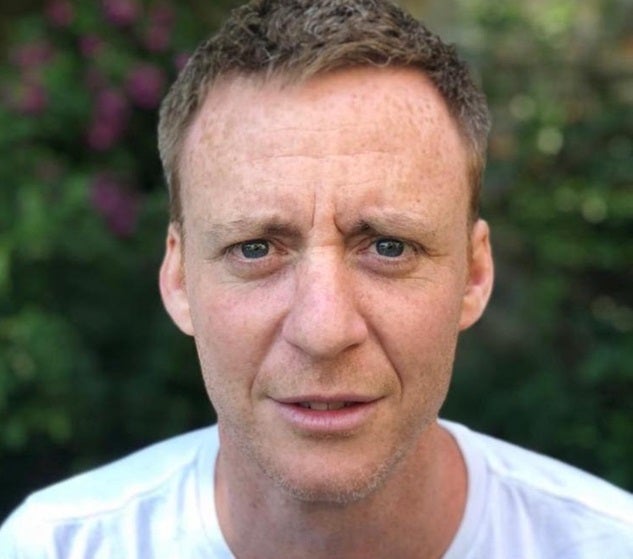
We sat down with Jonah (pictured, left) so he could share his insight, advice and expertise about all that is involved in this multi-layered and crucial role.
You can also click here for a breakdown of the remit and responsibilities of a supervising location manager, as written and supplied by Jonah Coombes and Jane Soans, or scroll down to the bottom of this feature.
Route into the industry
I was doing music videos and commercials. That was how most of us started out in the early 00s, and I did a Matalan TV ad with a director called Paul Hills. I got brought in as a bit of crisis management to try to help sort it out. I got on very well with the director, and the director happened to be married to line producer Rosa Romero, who’s now an agent.
And at that time, Rosa was crewing up for a very low-budget film, and she contacted me – as Paul had kindly told her I was brilliant.
I’d never done a film but was keen to take on the challenge. So I agreed and met the director – who was Roger Michell! The film was The Mother, with Daniel Craig, Anne Reid…
And so that was my first film. And because it was Roger directing, all the other HoDs were at the top of their game in terms of British independent cinema at the time. Mark Tildesley was the designer; Alwin Küchler was the DoP; Natalie Ward was costume.
So there I was, very new to the whole thing, spending my days with Roger and Mark as we went around finding locations for the film.
I was in the right place at the right time. But you do have to knock on the door and keep pushing; just persevere until you get your break, and then make the very best of that opportunity..
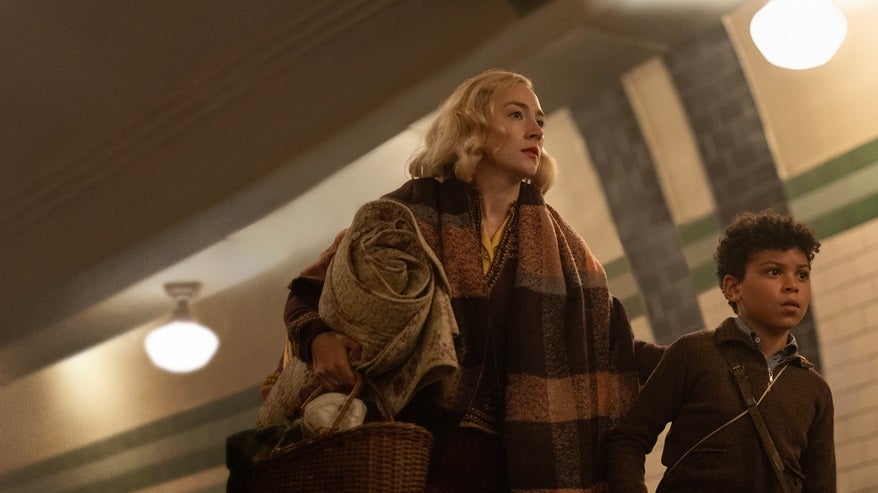
With whom do you work most closely?
The script is where it normally starts, and sitting down and turning through the pages with all that anticipation for what’s in store is an exciting feeling. Then you sit with the designer and the director (and often one of the producers) at this early stage and pick apart the characters and the narrative.
You have a lot to work out: maybe there’s a budget constraint. Does it have to be shot in the UK? Does it have to be shot in London? Is there money available in the budget to be able to do overnights, to be able to pick up those particular things that we need?
With the director and the designer you determine: what are the must-have anchors where is the production base going to be, and that determines how you start the process of looking for the locations that appear in the script. And you’re constantly liaising with the senior producers to make sure the shape fits the ambition.
It’s a lot more creative than people might think. With the designer and the director, you pull together the look and the feel and the palette, and the patterns and textures and shapes, and the demographics of the characters.
So, along with the location scouts, we start to build a world for each of the different characters that we then take to the designer, and the designer might say well, actually, I’m thinking that we put him in a detached, suburban house and so to make sure that there is a clear distinction between that character and this character’s world, let’s put the other in a tower block, and so on.
I work very closely with the designer to pull together the tapestry of the whole film – all the different character notes and interwoven story threads.
So for me, the first 2-3 months of a project is just creative.
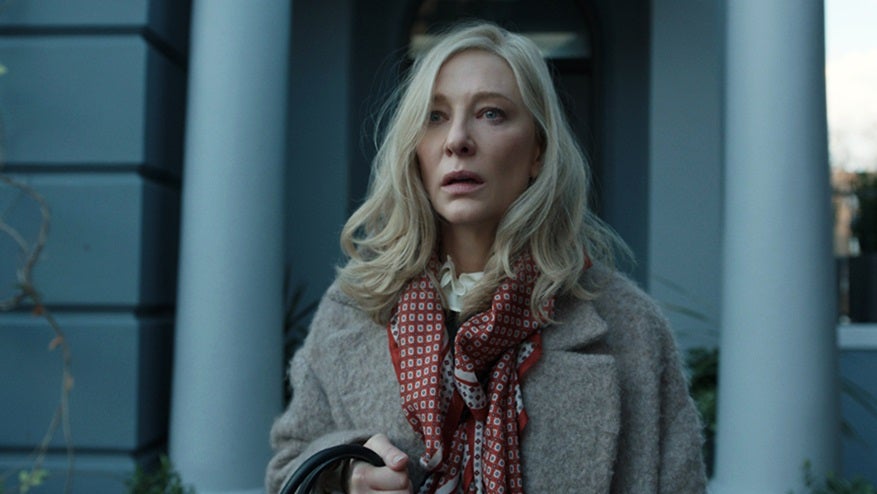
Key attributes of an SLM
Communication. A huge part of our remit relies on being able to really effectively communicate, and build rapport and trust.
Attention to detail. Being able to unpick a story and work out the narrative threads – being able to almost dislocate them and then bring them back together. You need to see them separately, but also in conjunction with each other – so you know how to build a picture for each whilst building the whole world for the film.
Having a good eye. The need for good scouting material is paramount – be it photos or video. You need a good eye to be able to shoot a location as the director or DoP might themselves, otherwise you could find the perfect place for the film, but if you represent it badly on screen, it could get overlooked without a second thought, and…
(… there is a very good feeling to be had when the DoP clearly recreates the frame you found at that creative research stage in the process…)
Being super-adaptable. We all have ideas about how things should be, and there are so many factors, so many variables, that it’s continually changing. You can’t get frustrated or angry if a plan has to change. Don’t take it personally!
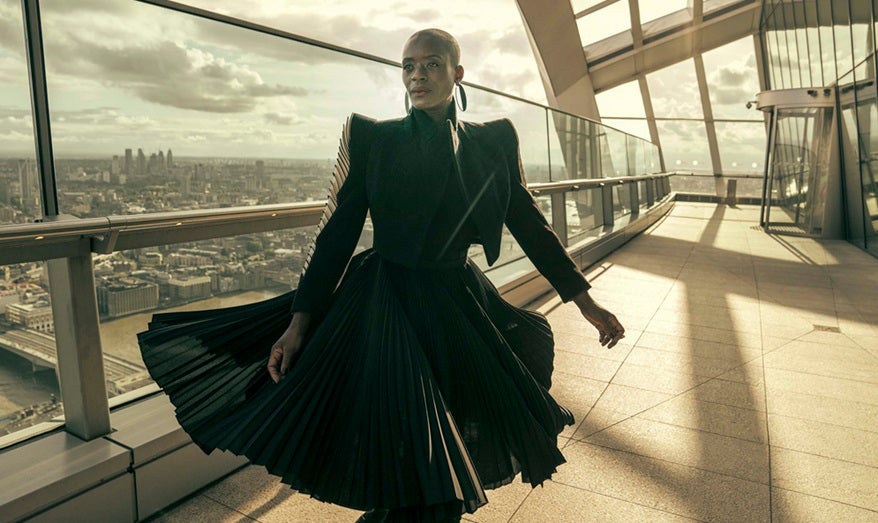
Pros and cons of being a supervising location manager
Cons
The long days
The days are long and demanding. It usually starts quite soft and gentle; the creative process is super-lovely. You’re often working from home in those early stages, and then going out on recces and having a look at all the interesting places, taking photographs in beautiful spots. It’s all very inspiring at that stage.
The closer you get to production, the more demanding it becomes; the longer the days become. Then you hit the tech recces, probably 2-3 weeks out from the first day of shooting. That’s possibly the worst time of the whole project.
And then once you’re through the tech recces and you start shooting by that point, you just want to get on the road and get on with it. And invariably, when it comes to the shoot, you’ve got some horrifically early starts and some very late finishes.
However, with the [larger-scale] films that I often do now, you should have the resources to be able to have a sufficiently-sized team such that if some people are doing the very early starts, they’re not also staying and doing the very late finishes and so on. Me? What do I do? I will always be there on the first day of a new location, and then once it’s settled and we’re ticking over, I am onto the next thing, fighting fires for the upcoming locations later in the schedule.
Lack of recognition for all we do
One of the issues is other people not really understanding what we do. Some just rock up on the shoot day, and in their heads, they’re just expecting us to tell them where to park, where to go to the loo and where to find their lunch!
There are no big awards for location management; there’s no BAFTA. Even in the lesser-known ceremonies, we don’t really get a look-in. I think many of our peers don’t fully understand what we actually do and that can be super-frustrating for us because we are hugely involved in the creative conception and are a critical component of the whole production process.
We are instrumental in how the film looks and how it’s structured, and how it’s pulled together in terms of the scheduling, the finance too – we have a budget that’s critical and has to be kept on track.
In terms of our level of responsibility, legally we’re really on the front line in terms of the exposure that the production has; not just in terms of contracts and agreements, but also just being in the public domain and liaising with the neighbours and the councils and all of the things that we do. We’re like the diplomats for the whole production.
In terms of an example of the amount of work involved, I still remember what we achieved on 28 Weeks Later, when we closed down Whitehall and Parliament Square, and you look around you and realise you have made it possible for the director to stand in the middle of Parliament Square and not see a single soul. That’s where the feelings of achievement and fulfilment come from. It was the same on Blitz, taking full control of central London streets so we could recreate war-time London and give the production a period playground to work in.
So as a supervising location manager, it can be galling not to get as much recognition from our peers as we should.

Pros
Seeing your work on the big screen
Seeing my work and knowing that that it will last forever, preserved on celluloid, gives a sense of tangible fulfilment. You’ve got something to show from all of that time and all of that work. You have something that will always exist; that is the fruit of your labour. And every film is different.
The people
To engage with everyone in all walks of life – the range of people that we meet and the incredible places that we go and see. From market traders to royalty and everyone in between; your job on a daily basis is being able to build a rapport.
And then, when you turn up on set, and you see people stationed in their positions, and then you arrive at the base and it’s like the biggest, most unbelievable circus you’ve ever seen. Gleaming, beautifully presented in a brilliant spot against a great backdrop.
And there are people everywhere and it’s all kicking off! And then you park up and say hello to your key heads and the people that you know and then you do your walk to set…
And there are cranes, and everything is set up, ticking over, and you’ve got a huge crowd base and there are people in costume moving towards that. And it’s all happening. And you’ve been planning it for months. And blood, sweat and tears has got you to that place…
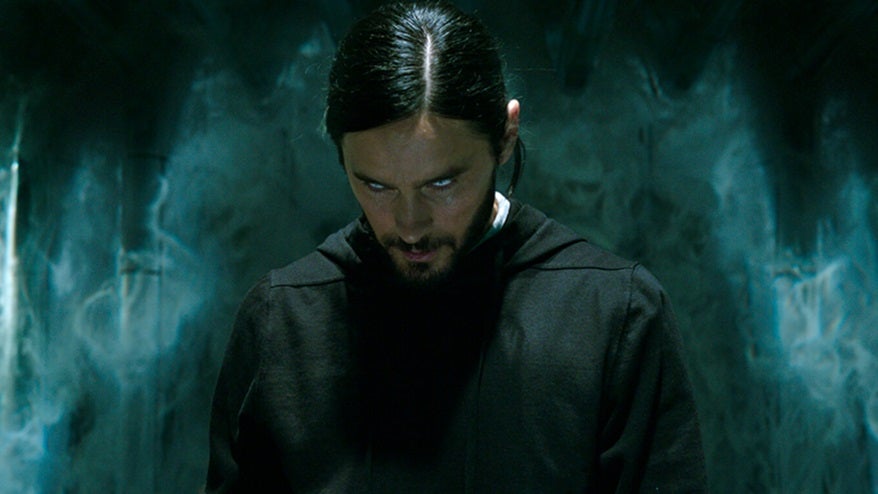
Many thanks to Jonah Coombes for his time and expertise in compiling this feature. Images are from projects Jonah has worked on.
You can find listings for location managers on The Knowledge here.
Top image of Paddington in Peru, image credit StudioCanal
Responsibilities of a supervising location manager, from Jonah Coombes and fellow SLM Jane Soans
From Script to Screen…
1. Read the Script, do a location breakdown of the script references / scene headings and take part in discussions with the Director and Designer to understand their vision for the project.
2. In response to their creative briefing, research, scout and photograph potential locations appropriate for the interpretation of the project and that help to tell the story. Be ready to employ different research & scouting techniques, relative to the particular requirements of the given creative brief.
3. Prepare photographic presentations for the Production Designer and Director, paying attention to the need for different mediums (printed photos on boards vs. on-screen slide shows vs. video footage). Be sure to photograph the locations very well – clear and comprehensive with good composition. Shoot the reverse.
4. Draft proposal documents to determine viability of the proposed shoot requirements and glean principle approval from Location owners.
5. Arrange and attend all recces (visits) to chosen locations with all other HoDs (Heads of Departments).
6. Work alongside the 1st AD and other key HoDs to help schedule all the location requirements, whilst at the same time fielding the complexities of location and cast availability. Don’t let the tails wag the dog.
7. Prepare a Location Budget and negotiate fees to comply with approved budget.
8. Negotiate legally binding Location Agreements to include Art Department and Lighting Department alterations and oversee all preparation and reinstatement.
9. Negotiate with Local Authority representatives to negotiate and secure permissions for parking, filming on the street, street furniture removal, lighting positions, permission for SFX rain and/or wet-downs, etc.
10. Negotiate with Police for filming on the street regarding traffic control for vision, sound and cast & crew safety.
11. Negotiate with members of the community where major scenes are to be shot, ensuring the Crew is aware of particular sensitivities and that all members of the community are aware of the production plans. Ensure that the project always leaves an appropriate lasting positive legacy within the given Community.
12. Set up and manage a Unit Base for each filming day, providing logistics support for all production departments.
13. Provide directions for all the crew to get to the unit base and the location each day: Movement Orders, acknowledging the changing nature of how they have evolved over time.
14. Find sources of fresh water for catering, wardrobe, and make-up departments. Find sources and negotiate permission for use of fresh water for Visual Effects (VFX) (rain / wet down / snow and clear-up).
15. Find and provide space for Extras Changing areas to include Wardrobe and Make-up positions, allowing adequate time for set up and strike. Provide all equipment for Extras Changing areas (make-up mirrors, tables, chairs, heating, cooling, etc).
16. Provide heating or cooling and where possible ensure adequate weather protection for Crew.
17. Ensure Safe Access to locations – eg. lay temporary “track-way”, or in some cases even build roads; consider deploying military access facilities and/or employing 3rd parties to move gear and equipment for you.
18. Provide Security for the Locations, the negotiated parking positions, and all the technical and facility vehicles.
19. Provide alternative parking for members of the public whose spaces might be taken by film vehicles.
20. Clean the location – prior to commencement of activity if a Location is contaminated in any way, and afterwards to ensure the Location Owner is happy with the condition of the Location after use.
21. Come the shoot, remain calm in the face of adversity. React and manage the unforeseen and keep the Film
Crew happy and working without delay. Maintain good relationships with Location Owners and members of the General Public. The secret is being able to ask someone not to do something they want to, or not to do something they do, all without upsetting them.
22. Rubbish clearance – including collection and disposal of catering rubbish on a daily basis, and major Art Department strikes at the end.
23. Thank the Location Owners, Council Representatives and Police for their help and hospitality. Walk away with your heads held high, knowing that you would be welcomed back.
Share this Article











